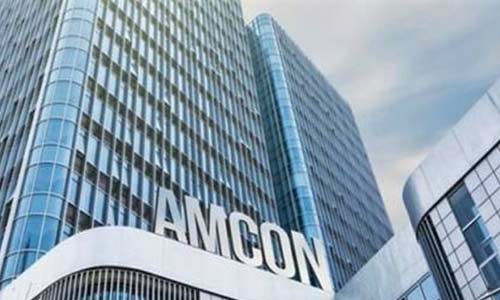Chief Executive Officer, Asset Management Corporation of Nigeria (AMCON), Ahmed Kuru, has said that the corporation is having a hard time recovering the N2.2 trillion it injected into banks without any collateral.
He said this during an interactive session between the corporation’s management and the Chairman of the Senate Committee on Banking, Insurance and Other Financial Institutions, Adetokunbo Abiru, in Abuja.
Kuru disclosed that AMCON injected N2.2 trillion into the 10 banks – bridged and owned banks (intervened banks) – bringing Net Book Value to zero.
“This N2.2 trillion was not backed by any collateral; which made recovery extremely difficult. The corporation is battling with some of the oil and gas facilities acquired from the bank,” he stated.
The CEO further disclosed that AMCON’s intervention was funded by a debt obligation of N4.65 trillion (as of December 31, 2018), which is to be repaid, from internal and external sources to the CBN by 2024.
“It is worth knowing that, at conception, it was envisaged that AMCON, being a loss minimization entity, would repay 30% of the obligation. The balance of the AMCON debt was to be offset by the Banking Sector Resolution Cost Fund (BSRCF). Some of the assumptions underpinning the funding model were: The banking sector was projected to grow at 20% per annum.
“Each bank would contribute 0.5% (initially 0.3%) of total assets per year to the BSRCF; CBN to contribute N50 billion per year to the BSRCF.
“AMCON’s bonds were refinanced by the CBN at 6%, and this is higher than the rate payable by other intervention funds. The cash shortfall from internal and external sources meant that there was less fund to invest at the stated reinvestment rate,” Kuru explained.
Abiru, in a responsed, called on the 10th Senate to ensure that the government achieved the objectives of setting up the corporation in 2010 even as he queried the huge interest rates that AMCON paid to the CBN.
According to him, a situation where AMCON paid 6 per cent to the CBN and charged some percentage on obligors, whose businesses were already challenged before the corporation’s intervention, was unhealthy.









